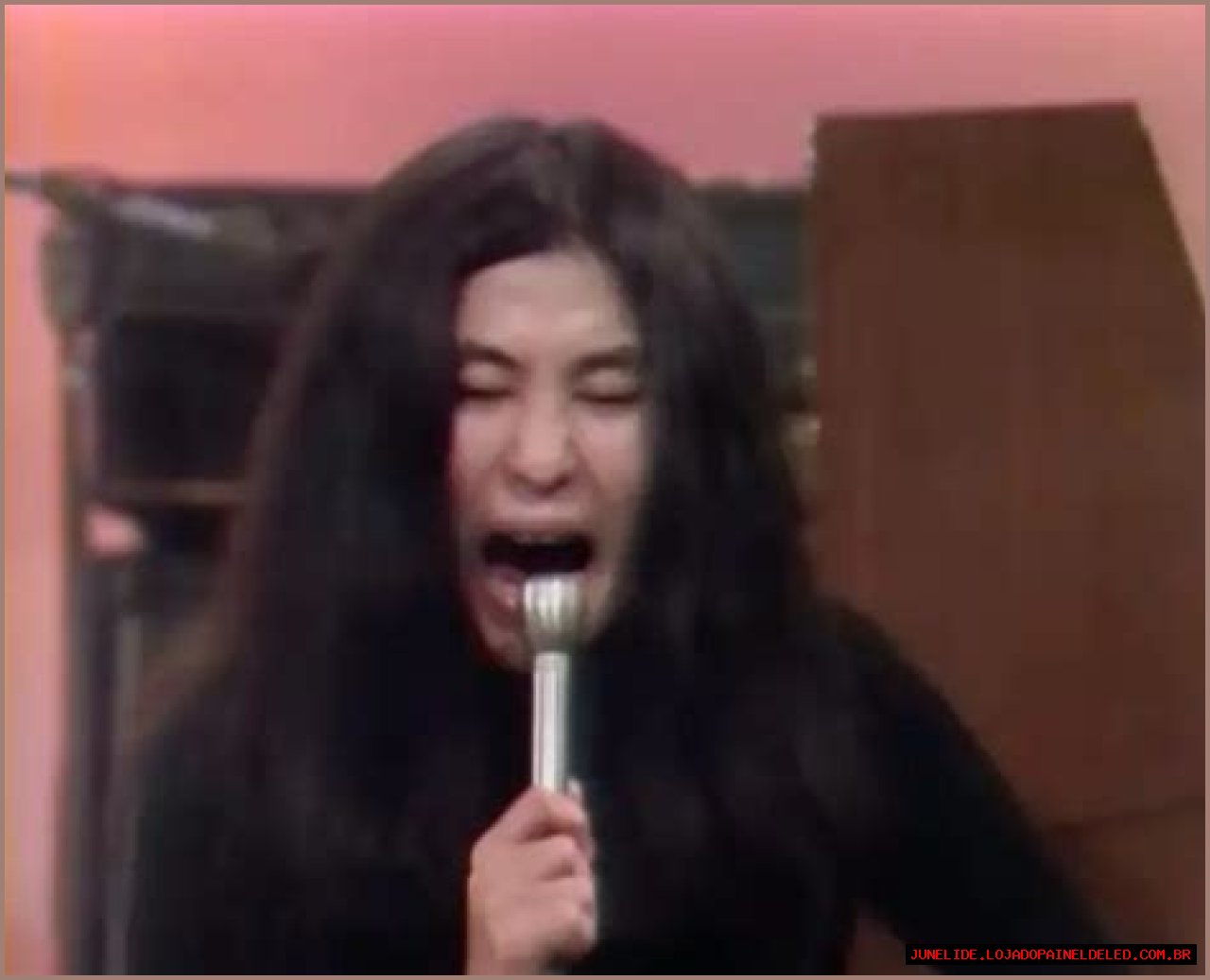Yoko Ono, an artist, musician, and peace activist, has often been a figure of intrigue and controversy. Her expressive performances and avant-garde art have made her a unique presence in the cultural landscape. Yet, there’s a specific moment that has captured the attention of audiences worldwide: the sound of her scream. This article delves into the layers behind Yoko Ono's screams—not just as an auditory phenomenon but as a profound statement on art, emotion, and societal issues.
In a world where voice and sound are often drowned out by the cacophony of modern life, Ono's scream symbolizes both a call to attention and an expression of raw emotion. It invites listeners to challenge their perceptions and engage with the deeper meanings behind her art. Understanding why Yoko Ono is screaming goes beyond the surface; it requires an exploration of her life, her art, and the messages she hopes to convey.
Throughout her career, Ono has defied conventions and pushed boundaries, often using her voice as a medium to express her beliefs and feelings. This article will explore the complexities of her artistic expression, shedding light on why Yoko Ono's screams resonate with so many, and what they signify in today's world.
Who is Yoko Ono? A Brief Biography
Yoko Ono was born on February 18, 1933, in Tokyo, Japan. She grew up in a well-to-do family and was exposed to the arts from a young age. After moving to the United States in the late 1950s, she became involved in the New York avant-garde scene. Her notable works include conceptual art, music, and film. Ono is perhaps most famously known for her marriage to John Lennon of The Beatles, but her contributions to art and activism stand on their own.
👉 For more insights, check out this resource.
| Personal Details | Bio Data |
|---|---|
| Name | Yoko Ono |
| Date of Birth | February 18, 1933 |
| Place of Birth | Tokyo, Japan |
| Occupation | Artist, Musician, Activist |
| Notable Works | Cut Piece, Grapefruit, Yes, I’m a Witch |
| Spouse | John Lennon (1969-1980) |
What Drives Yoko Ono's Artistic Expression?
Yoko Ono's artistic expression is deeply rooted in her experiences and her desire to challenge societal norms. Her work often explores themes of peace, love, and the human experience. Ono's screams can be seen as a response to the injustices she has witnessed throughout her life, especially in the tumultuous 1960s and 1970s. They serve as a powerful commentary on the struggles faced by individuals and societies alike.
Why is Yoko Ono Screaming in Her Art?
In her performances, Ono often incorporates her screams as a form of catharsis and liberation. The act of screaming can be interpreted as a release of pent-up emotions, a means to confront pain, and an invitation for others to join her in expressing their own struggles. By screaming, Ono challenges her audience to reflect on their own experiences and the world around them.
👉 Discover more in this in-depth guide.
How Has Yoko Ono's Scream Influenced Contemporary Artists?
Yoko Ono's unique vocal style and her willingness to push boundaries have inspired countless contemporary artists. Her screams, both literal and metaphorical, encourage artists to explore their own voices and the messages they wish to convey. This influence can be seen in various forms of art, from performance to music, where artists incorporate raw emotion into their work.
What Does Yoko Ono's Scream Represent in Today's Society?
Today, Yoko Ono's scream resonates with many who feel marginalized or unheard. It symbolizes the struggle for social justice, the fight against oppression, and the quest for personal and collective freedom. Her ability to articulate pain through her screams allows audiences to connect with their own experiences and encourages them to raise their voices against injustice.
Why is Yoko Ono Screaming in the Context of Global Issues?
In a world grappling with issues such as war, inequality, and climate change, Ono's screams can be seen as a rallying cry for change. She uses her voice not only to express her own feelings but also to amplify the struggles of others. By bringing attention to global issues, her screams serve as a reminder that art has the power to inspire action and provoke thought.
Conclusion: Embracing the Power of Yoko Ono's Scream
In understanding why Yoko Ono is screaming, we uncover layers of meaning that extend beyond the auditory experience. Her screams represent a profound connection to human emotions, societal challenges, and the power of art to inspire change. As we navigate our own lives, let us embrace the lessons embedded in her screams—lessons of courage, vulnerability, and the importance of using our voices to advocate for a better world.
Yoko Ono's screams remind us that silence is not always golden; sometimes, it is in the act of screaming that we find our true selves and inspire others to do the same.
Discovering The Wonders Of Shepherd DrUnveiling The Heart Of Johnny Mom: A Journey Through Love And ResilienceDiscovering The Journey: Where Is Pam Bodtcher Now?
